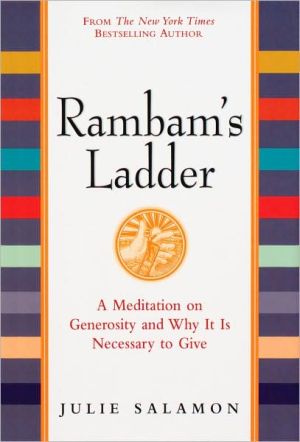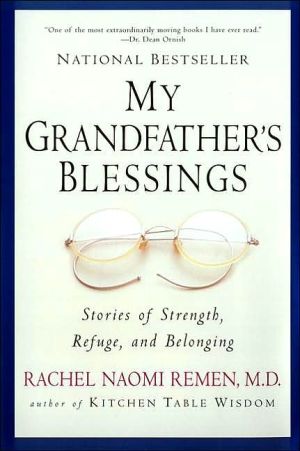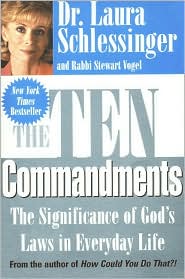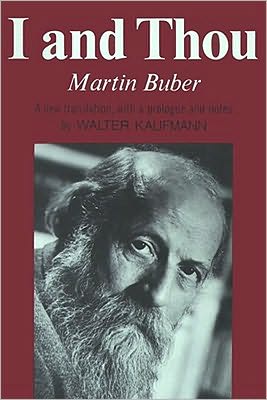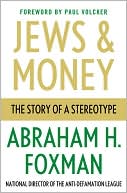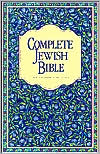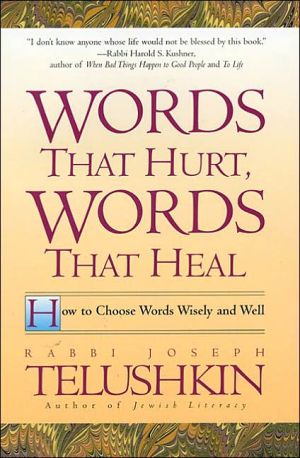Rambam's Ladder: A Meditation on Generosity and Why it is Necessary to Give
The Eight Steps of Giving \ Nearly a thousand years ago the great philosopher and physician Maimonides, known to Hebrew scholars as Rambam, pondered the question of righteousness Out of it came the Ladder of Charity.\ Rambam's Ladder, written by Julie Salamon, the bestselling author and New York Times culture writer, is a book that will inspire every reader to get a toehold on the ladder and start climbing. In eight chapters, one for each rung, the book helps us navigate the world of giving....
Search in google:
The Eight Steps of Giving Nearly a thousand years ago the great philosopher and physician Maimonides, known to Hebrew scholars as Rambam, pondered the question of righteousness Out of it came the Ladder of Charity. Rambam's Ladder, written by Julie Salamon, the bestselling author and New York Times culture writer, is a book that will inspire every reader to get a toehold on the ladder and start climbing. In eight chapters, one for each rung, the book helps us navigate the world of giving. How much to give? How do we know if our gifts are being used wisely? Is it bettter to give anonymously? Along the way, Rambam's Ladder will help all of us make our lives, and the lives of those around us, better. The New York Times Rambam's Ladder is small in size but very humbling. It asks readers to judge themselves in the light of altruism. Experts agree that "most people are overly optimistic about themselves," Ms. Salamon writes. I agree, but with conscientious effort, after reading Rambam's Ladder, I've already moved from Reluctance, giving begrudgingly, to Proportion, giving less to the poor than is proper, but doing so cheerfully. — Gail Buckley
\ SPECIAL BONUS: Questions and Answers with the Julie Salamon\ Why the title Rambam's Ladder?\ I wanted to pay homage to this great teacher. But I also like the visual image of a ladder when I think about giving. I've always liked to climb, with the perhaps wistful hope that when I reach the top I'll be able to see everything. Usually, though, the most interesting things happen on the journey, and that's exactly what happened as I negotiated Rambam's Ladder.\ How did you come to choose Maimonides, a medieval philosopher, to be your guide to how we give today?\ The idea came to me not long after September 11. Like many people, the tragedy forced me to look closely at my values. Why do I believe in the things I do? How do I teach my children to be good in the face of evil? A friend suggested I read Maimonides, who was also known as Rambam. I was astounded to find how relevant his "Ladder of Charity" remains. The urge to do good feels like a life raft in the river of human troubles that flows from then to now.\ And the subtitle? I understand the meditation of generosity, but why is it "necessary to give?"\ While doing research for the book, I talked to all kinds of people--including the powerful (chairmen of large corporations) and the powerless (the homeless). They had one thing in common: all of them felt an urge to give. For all of them, in very different ways, giving gave them a connection to other people that couldn't be made in any other way.\ The lowest level on the Ladder belongs to the reluctant giver. The highest to the person who gives someone a loan. Where do you stand?\ Everyone asks me that. What I've discovered is the ladder goes up and down. Some days I feel as though I've had a glimpse of that big vista from the top; other days, I'm grumpy and can't even get a toehold on the Ladder. The book deals frankly with the frustrations of giving as well as the gratification, because the relationship between giver and recipient is a complicated one.\ This seems very personal--how did finishing the book make you do anything differently?\ One thing is certain: the more I've learned about the complexities of giving, the more meaningful the experience has been for me. I've been volunteering at one thing or another all my life but never considered why.\ What do you hope people take away from the book?\ I hope they learn something about what motivates people to connect with their fellow humans. I would like the book to be a catalyst for discussion on how we allocate our resources--as individuals and as governments. I hope it becomes a useful springboard for discussion between teachers and students, parents and children--not to tell them what to do, but rather to help them explore the wisdom and experience of people who have gotten satisfaction out of giving.\ Speaking of students and families, what about giving as part of a group? How can a family, an office, or a class work together to lift their individual parts onto and up the ladder?\ At my son's school, not long after September 11, the teachers and students organized a dance-a-thon to raise money to send to a school in Afghanistan. A board member at the Bowery Residents Committee where I volunteer organized the office to collect clothes to send to homeless people who had come to the drop-in center. In both these cases, the charitable giving served other purposes: It helped the children learn about another country and helped the office workers connect in a more personal way. Similarly, giving can become a family project, as simple as taking unused toys and clothes to a children's hospital or a shelter.\ Is it better to give to one charity or to several? If I want to give a small amount to several different charities is that any better than giving a larger amount to one charity and feel (and see) the results more clearly?\ It depends on what is more meaningful to you. In the book, you learn how different people in different walks of life have answered this question: Sometimes people find it particularly important to devote their giving to one main charity. They can focus their resources--financial and otherwise--on a charity that has particular meaning to them.\ This can be rewarding because it is satisfying to see results. I have one friend who raises money for a children's home in central America. She devotes her time to collecting money, then buys toys and books for the children and takes them to the orphanage several times a year. It is very meaningful for her to see how much this effort brightens the lives of the children who live there.\ But spreading donations to several different charities because there are so many choices and the need is so great is no less meaningful to some people--or to Rambam's Ladder.\ But regardless Rambam feels it is better to give anonymously?\ Maimonides placed anonymity on the second highest rung. The reasons? To prevent the receiver from feeling shame and to keep the giver from feeling superior. But that does not mean that sometimes it may be better to know. You could argue that knowing someone you respect is giving to something may encourage you to give. And what if someone chooses to give through volunteering? Sometimes that personal connection is the best gift of all.
\ The New York TimesRambam's Ladder is small in size but very humbling. It asks readers to judge themselves in the light of altruism. Experts agree that "most people are overly optimistic about themselves," Ms. Salamon writes. I agree, but with conscientious effort, after reading Rambam's Ladder, I've already moved from Reluctance, giving begrudgingly, to Proportion, giving less to the poor than is proper, but doing so cheerfully. — Gail Buckley\ \ \ \ \ Publishers WeeklyRambam (also known as Maimonides) was a 12th-century Jewish scholar and physician to the Egyptian sultan. Among his influential writings on Jewish law is an eight-step program on giving to the poor. Salamon (Facing the Wind) provides a thoughtful exploration of each one of Rambam's steps, from the lowest kind of charity-giving begrudgingly-to the highest form-the gift of self-reliance, so that the recipient, through a loan or a job, will not have to beg again. Salamon grounds her philosophical musings with concrete descriptions of how charity is practiced and regarded in contemporary life. For example, the second part of step four-handing money to the poor before being asked, perhaps shaming the recipient-is embraced by conservatives like Gertrude Himmelfarb, who believes that those who receive handouts should feel ashamed. Running through Salamon's well-crafted and nuanced prose is a personal anecdote about David, a homeless man who approached her on the street. At first, she would only refer him to the agency where she volunteered (the Bowery Residents Committee) or give him money reluctantly (step one). As she came to understand his story, Salamon began to hand David money without being asked (step three). On September 11, 2001, Bowery Residents clients, usually on the receiving end of charity, offered water, chairs and other assistance to people fleeing the World Trade Center disaster. Drawing a humanistic and inspirational message from Rambam's ladder, Salamon is convinced that, in the end, we are measured not by what we have, but by what we give to one another. 20-city author tour. (Oct.) Copyright 2003 Reed Business Information.\ \
